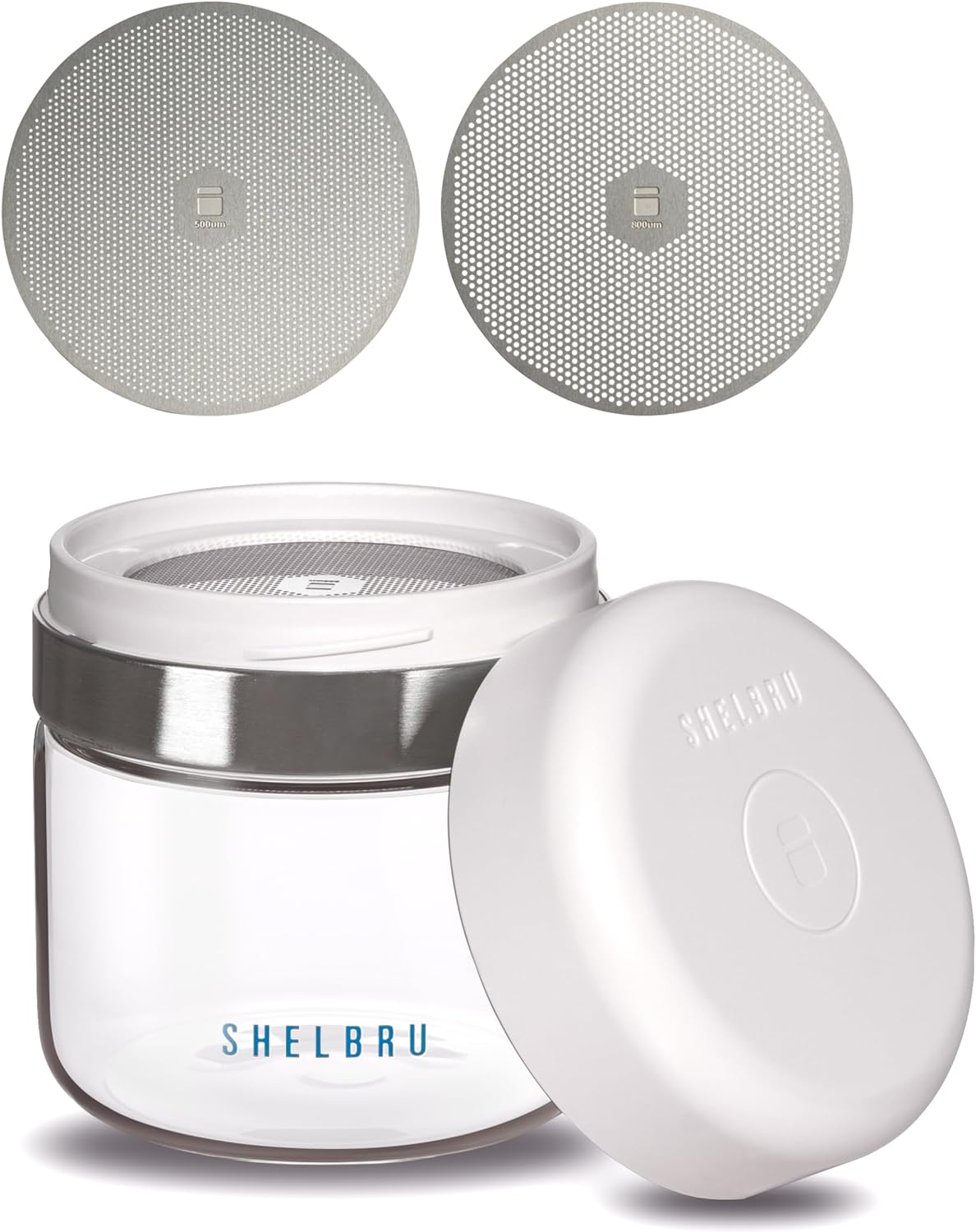Sharing here first! _ I'm excited to finally share a recipe I've been working on for quite awhile.
This pays tribute to Tetsu’s Devil and Coffee Chronicler hybrid recipes. I find these alterations are worthwhile. For me this more consistently achieves the hybrid balance between v60 nuance blended with the body of an immersion brew. The key here is allowing for a traditional bloom phase and a prolonged immersion tempered by just a bit of ice to drop the temp during immersion.
Ratio: 1:15
Coffee: 20.0g
Water: 305mL (This will nicely fill an 11-12oz mug)
Grinder starting points
Around 600 microns
Comandante: 18-22 clicks
Ode Gen 2: 5.3
Starting water temperature: 201F (207F if using melodrip for bloom)
Brew Time: 4:05
- Bloom Pour — 0:12 Switch is closed Pour 55mL Leave Kettle off heat source after pour
- Swirl then wait — 0:30 (0:42) Gentle swirl, just enough to assure grounds are all wet Allow degassing
- Open Switch – 0:10 (0:52) Let it start to drain
- Pour 65mL (120mL) – 0:11 (1:03)
- Wait – 0:24 (1:27) Water should be just starting to dive under bed
- Pour 65mL (185mL) – 0:12 (1:39)
- Wait — 0:22 (2:01)
- Close Switch – 0:02 (2:03) Water should be just above bed level
- Pour 120mL (305mL) – 0:15 (2:18)
- Add Ice Cube – 0:06 (2:24) Recipe calibrated for 8-10g ice cube Add in carefully -avoid splash
- Swirl – 0:06 (2:30) Gentle swirl
- Wait – 0:45 (3:15)
- Open Switch – 0:50 (4:05) Avoid overdrainage. Close and remove just after water disappears under bed.
Notes: I’ve been toying with this on a regular basis for over six months and it’s become my go-to method. These times should be fairly accurate but will vary depending on your beans of course. This recipe assumes a standard Hario tabbed filter. This works in either the 02 or 03 switch. If you are deviating significantly, try altering grind size. Nearly everything comes out nicely with this. Shortly after the ice-cube melts the immersion temperature drops to right around Tetsu’s 160F immersion temp. If your ice cube exceeds the 10mg mark, subtract out a bit of volume from the immersion pour. I’ve tried putting the ice cube in before the immersion pour, resting an ice cube on a melodrip and pouring over that, but neither of those produced as good of a cup as the drop-in method.
I’ve taken the liberty of uploading this recipe publicly into the brew-timer app. It’s admittedly a faffy recipe, but the brew-timer app makes everything so straightforward. I’m a big fan.
I'd very much like to hear any of your thoughts and feedback if you give it a try. If you don't have a switch but have been thinking at all about trying immersion or hybrid brewing, I really think you would have a good time with the Hario Switch. ---





This is a nearly exclusively immersion recipe. It will brew a nice well rounded cup no doubt. The hybrid variants shine with more delicate washed / honey process beans and this option is why I personally favor the switch over the clever dripper.